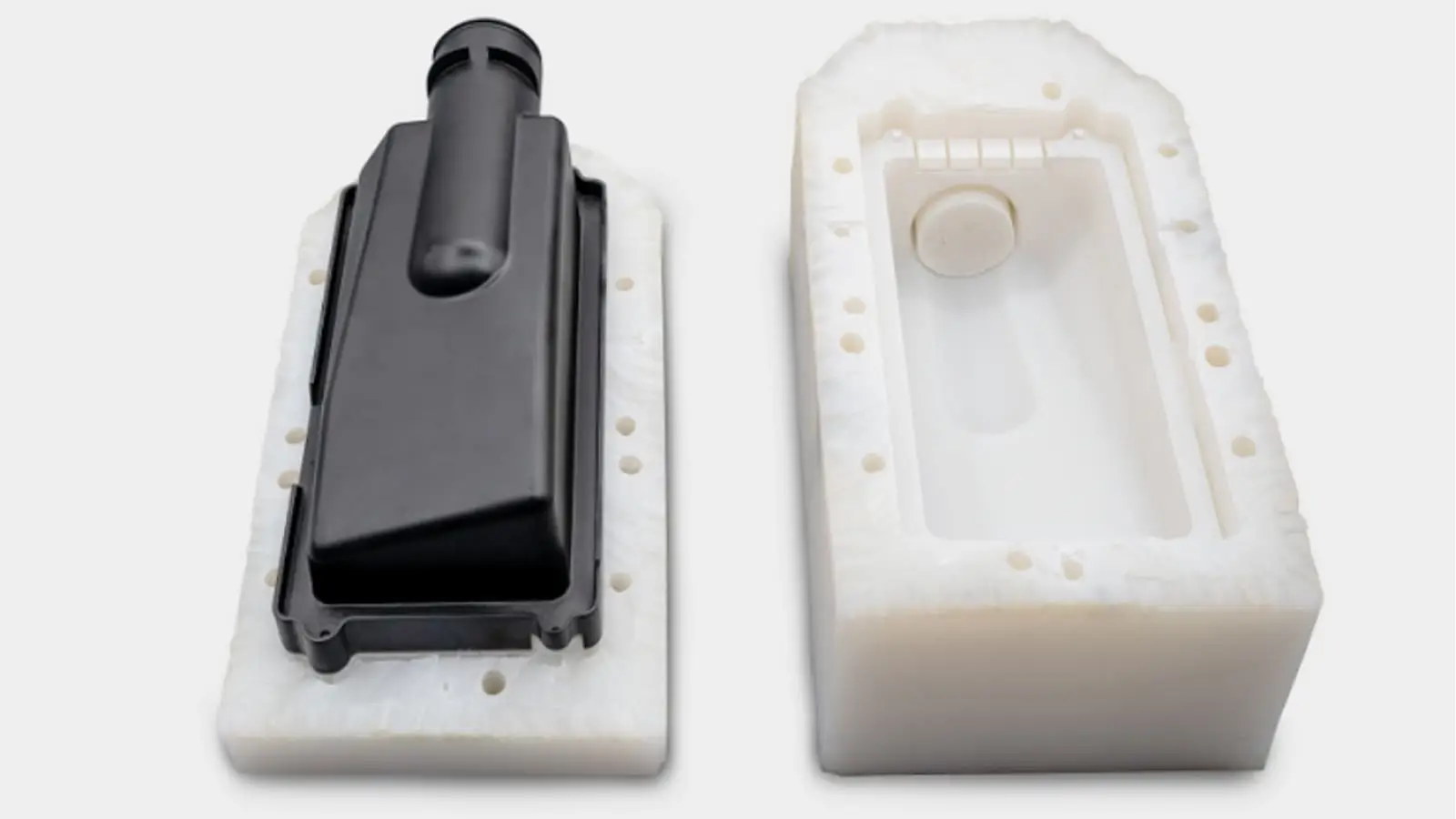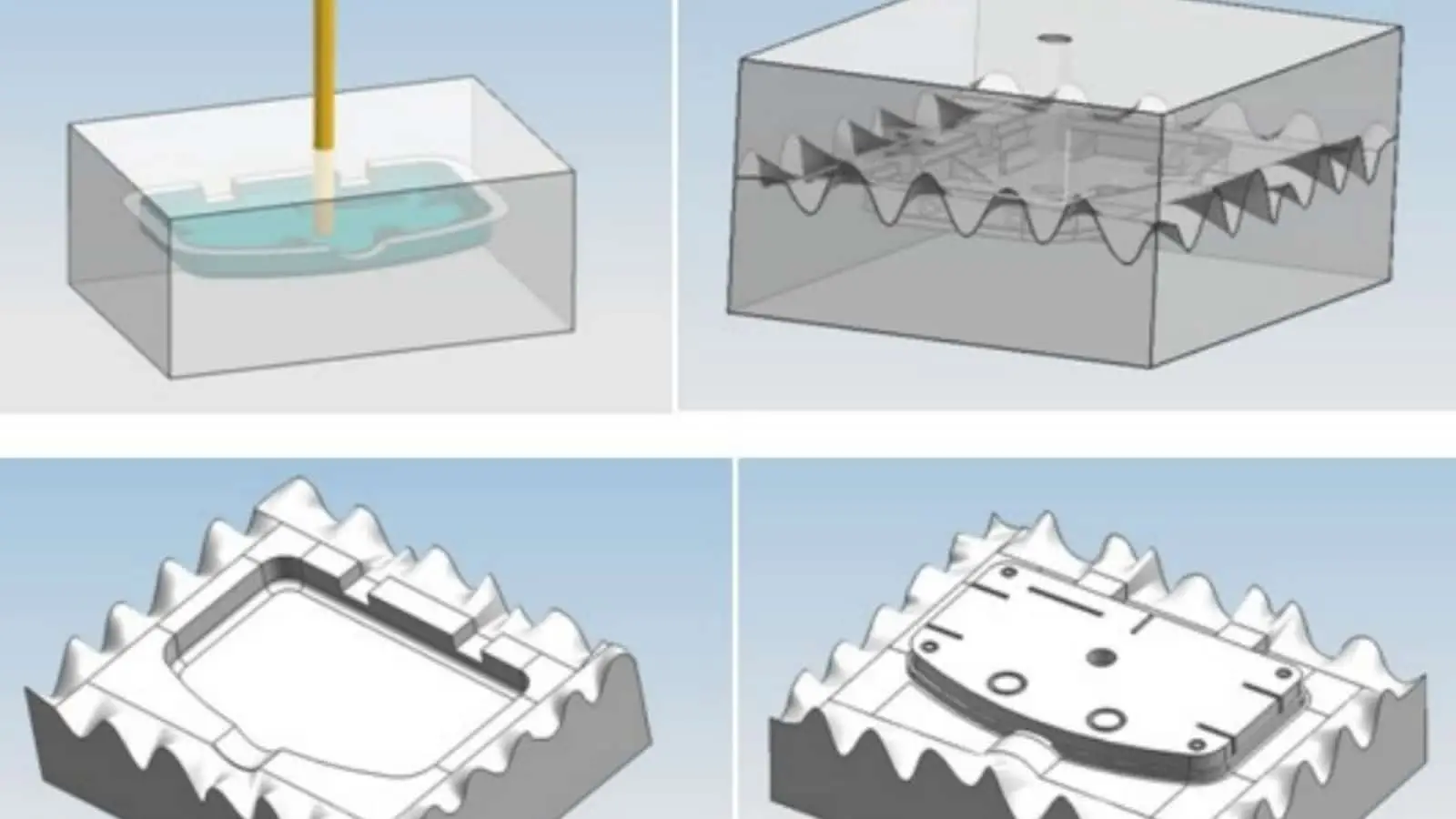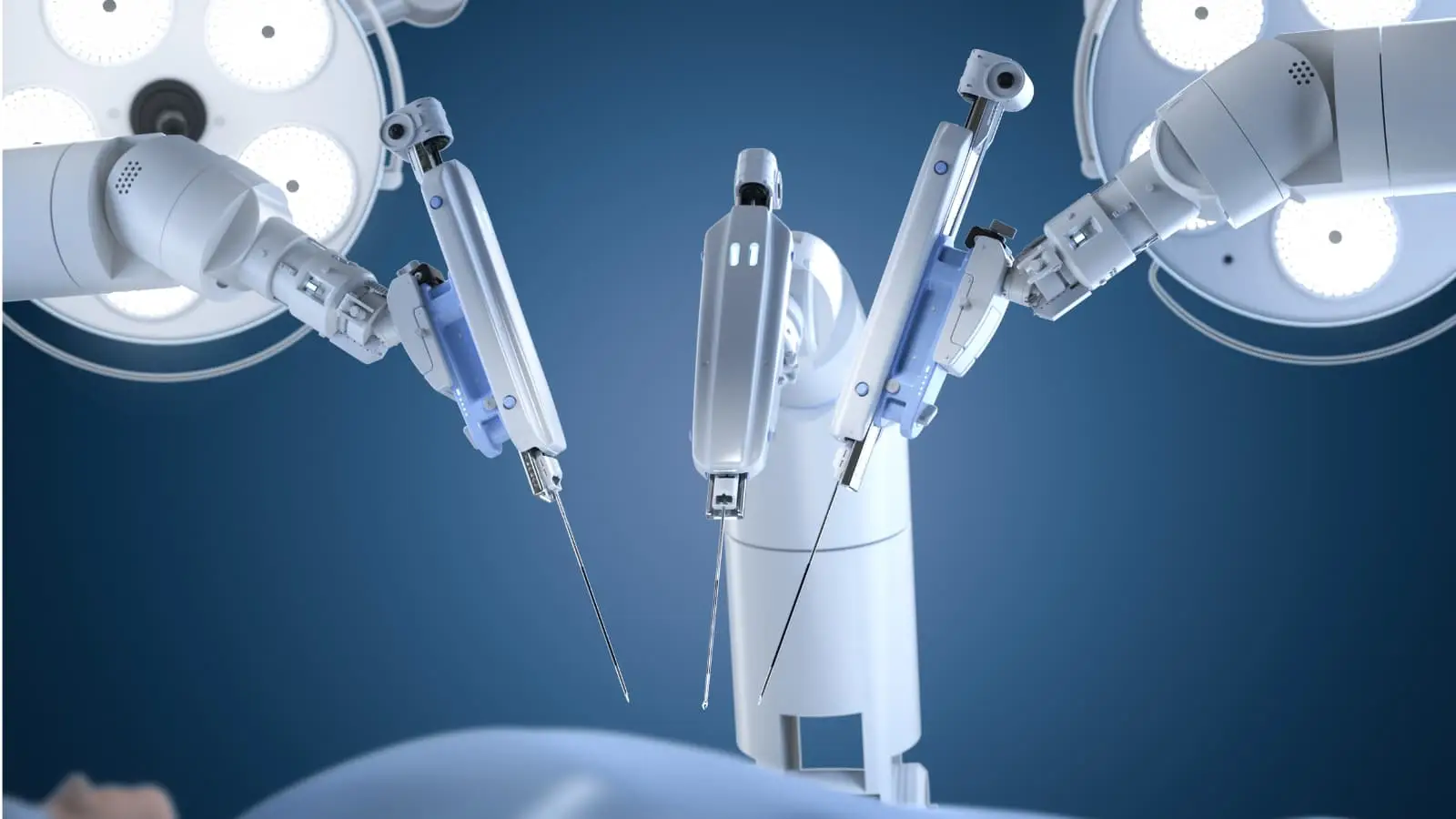Urethane Casting | Vacuum Casting Services
Our vacuum casting service is perfect for rapid prototyping and low-volume production, using high-quality materials for durable, accurate parts.
- Ideal for low-volume production runs
- Certified to ISO 9001:2015, ISO 13485, ISO 14001:2015, and IATF 16949:2016 standards
- Flexible material options for prototyping and production
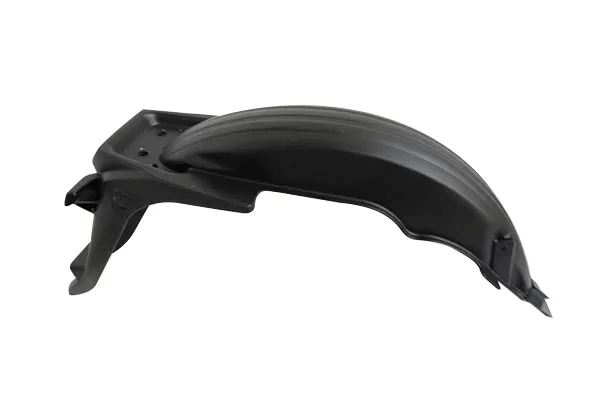
Lewei Precision Urethane Casting Services
Lewei Precision can deliver urethane parts in a wide range of polyurethane and silicone materials, surface finishes, and color options, making them suitable for industries such as automotive, electronics, industrial equipment, and consumer goods.





Lewei Precision Vacuum Casting Capabilities
| Details | |
|---|---|
| Tolerance | At Lewei Precision, replicated casts follow ISO-2768-CL standards. Local tolerances can reach ±0.15mm, and small holes can achieve up to ±0.10mm precision. |
| Color and Finishing | Supports a wide range of colors, transparency levels, and surface finishes. |
| Maximum Part Size | Up to 2.3 × 1.3 × 0.6 meters. |
| Daily Capacity | Up to 200 pieces per day. |
| Lead Time | Lead time varies based on part complexity and order volume. The full process includes prototype making, silicone mold creation, casting, and finishing. Simple single parts can ship in under 5 days, but larger batches may require more time depending on the project. |
From Prototyping to Production
Lewei Precision makes it easy to move from design concept to production-ready parts with cost-effective vacuum casting solutions.
Transform early designs into functional prototypes quickly. Master patterns are created using CNC machining or 3D printing for size and finish checks before production.
Produce 1–100 functional vacuum cast parts for testing fit, durability, and usability with materials close to final production.
Manufacture 20–200+ parts with consistent quality, perfect for pilot runs, bridge production, or product launches.
For higher volumes, we also provide injection molding for scalable manufacturing with lower unit costs.
Vacuum Casting Materials, Finishes, and Colors
Choose from a wide range of polyurethane resins and silicone mold options that closely replicate the look, feel, and performance of end-use parts. Custom requests are welcome.
Commonly used for vacuum casting molds. It’s soft enough to handle complex part shapes but tough enough to last through multiple castings without tearing or warping.

If you need a lower cost and short-term solution (e.g., under 20 shots), the material is the best choice.

For higher detail, longer mold life, or if you’re casting skin-safe or food-contact parts.

For flexible parts, soft-touch surfaces, and cushioning.

Good all-around plastics for general use—great for housings, brackets, and structural parts.

Clear, smooth plastic for cosmetic or display parts.

Tougher than ABS. Works well for stronger parts or things that need to take some impact.

Slightly flexible with good wear resistance.

Lightweight and flexible, used for parts that bend or snap together.

Hard and precise. Good for moving parts or mechanical fits.

Soft and chemically resistant.

A balance of toughness and clean appearance. Combines the strength of PC with the smooth finish of ABS—great for tough housings.

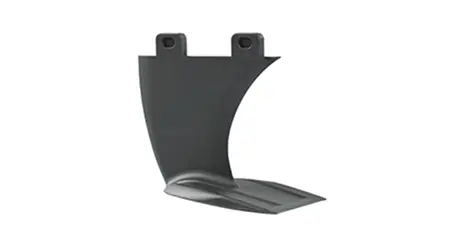
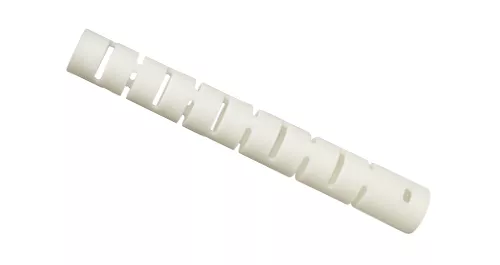
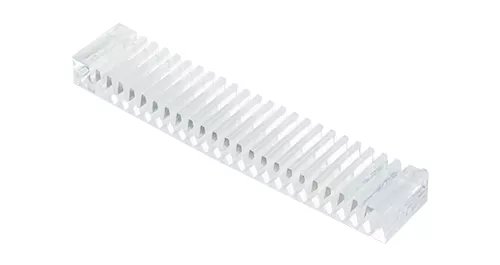
Certified Quality Control and Testing
At Lewei Precision, quality assurance is at the core of our urethane casting process. We operate under ISO 9001:2015, ISO 13485, ISO 14001:2015, and IATF 16949:2016 standards, ensuring every part meets strict requirements.
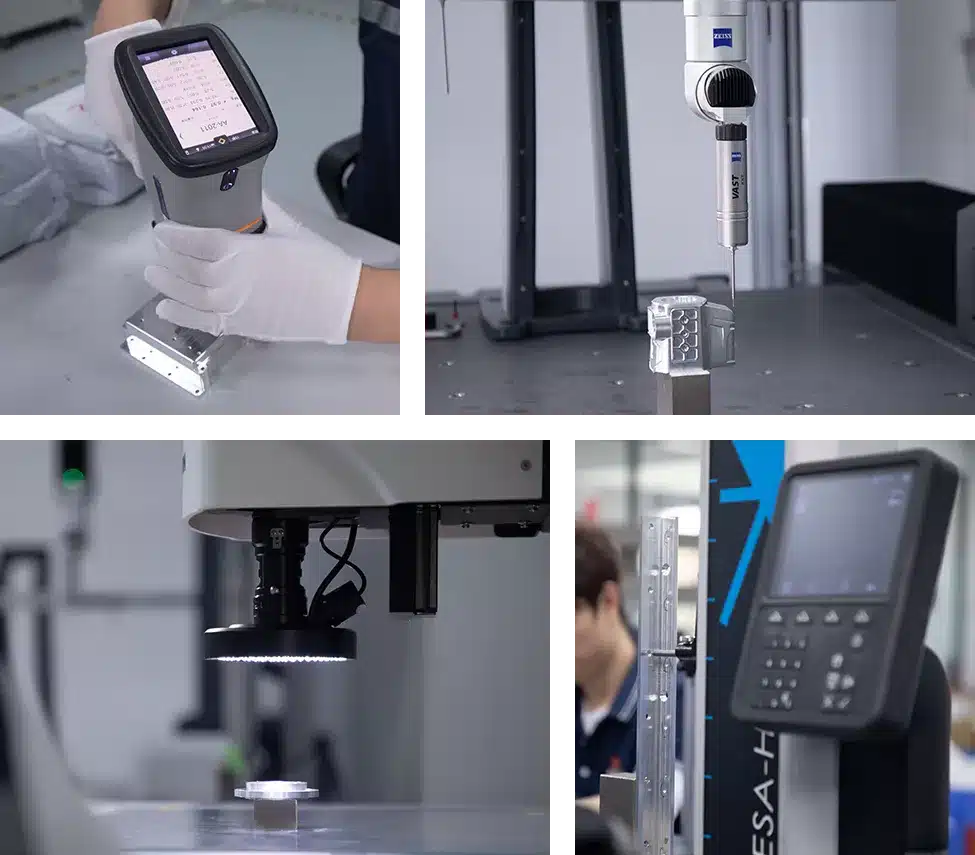
Why Choose Lewei Precision Urethane Casting Services
Achieve tight tolerances from ±0.1 to 0.8mm with excellent surface finishes.
Choose from soft, rigid, clear, flame-retardant, or specialty polyurethane materials.
Get your parts delivered in 5–15 days with cost-effective low-volume runs of 20–200+ pieces.
What is the Urethane Casting Process?
Urethane casting, or vacuum casting, involves creating detailed plastic or rubber components by pouring liquid urethane into a mold. The process has three key steps:
Master Patterns
Master models are made with CNC machining or 3D printing, replicating the final product. This step determines the overall quality and accuracy.
Solicone Mold Casting
Liquid silicone rubber is poured around the master model and cured to form a reusable mold.
Urethane Pouring and Finishing
Liquid polyurethane resin is poured into the mold under vacuum to prevent bubbles. After curing, parts are finished and ready for use.

Applications of Vacuum Casting Across Industries
Urethane casting is good for prototypes and small production runs where injection mold tooling isn’t practical. Cast part perform well and can be used for testing or as finished products.
Interior trims, dashboard parts, and prototypes for fit and finish validation
Device housings, diagnostic equipment, and surgical tool prototypes
Enclosures, keypads, and decorative panels for electronics and appliances
Lightweight flame-retardant panels, control housings, and specialty components
Custom machine guards, control panels, and low-volume tooling parts
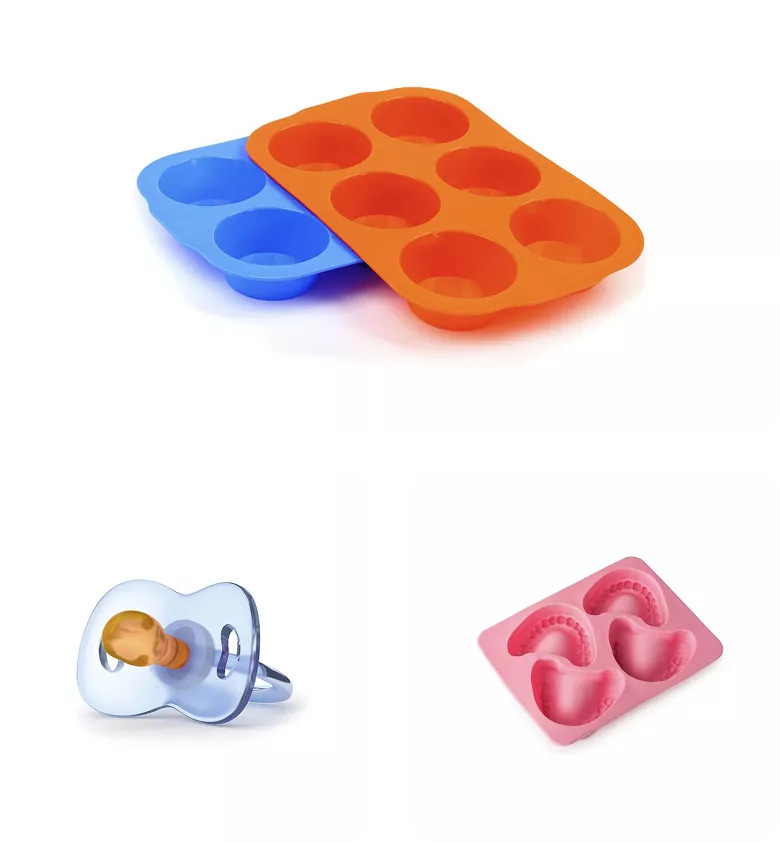
3D Printing vs Vacuum Casting vs Injection Molding
| VS | 3D Printing | Vacuum Molding | Injection Molding |
|---|---|---|---|
| Tooling Cost | $0 (no tooling) | $500-2,000 (silicone molds) | $5,000-50,000+ (aluminum or steel molds) |
| Lead Time | 1-3 days | 5-15 days | 4-12 weeks |
| Part Quantity | 1-20 parts | 20-200 parts optimal | 1,000+ parts optimal |
| Tolerance | ±0.1-0.3mm | ±0.1-0.8mm | ±0.05-0.1mm |
| Surface Finish | Layer lines, requires post-processing | Smooth, minimal finishing | Superior, production-ready |
| Complex Geometry | Excellent, any shape | Handles undercuts, fine details | Limited by mold design |
| Material Options | Limited to print resins/filaments | Urethane varieties (flexible to rigid) | Wide range of thermoplastics |
| Design Changes | Instant, no cost penalty | Easy and cost-effective | Expensive mold modifications |
When to Choose Vacuum Casting?
FAQs
How accurate are vacuum cast parts?
At Lewei Precision, vacuum cast components typically maintain tolerances of ±0.1–0.3 mm, depending on geometry and overall size. This level of precision, combined with smooth surface finishes, makes the process ideal for both functional prototypes and low-volume production parts that closely resemble injection-molded components.
Is urethane casting cost-effective for small batch production?
Yes. Urethane casting is one of the most economical methods for runs of 20 to 200+ parts. Because it avoids the expense and long lead times of steel tooling, it’s perfect for short runs, bridge production, or pilot market testing, keeping costs down while maintaining high part quality.
How does vacuum casting compare to 3D printing?
3D printing is faster and more cost-effective for single prototypes, especially when speed is the top priority. However, vacuum casting provides superior material strength, surface quality, and repeatability—making it the better choice for low-volume production where appearance and functionality must match final products.
How long do silicone molds last in vacuum casting?
Silicone molds typically deliver 15–25 casting cycles, depending on the part’s complexity, material choice, and curing conditions. While they are not designed for mass production, they are reliable for small batches before mold wear starts affecting accuracy.
What keeps the mold secure during the vacuum casting process?
To ensure precision, the silicone mold is placed inside a rigid supporting frame, usually made of aluminum or durable plastic. This frame:
Holds the mold firmly in place during vacuum cycles
Prevents distortion or warping under pressure
Keeps both halves of the mold perfectly aligned
Stops leaks and maintains a tight seal for clean, bubble-free parts
Once secured, the mold is clamped shut and the resin is drawn in under vacuum, filling every detail to produce accurate and consistent parts.

